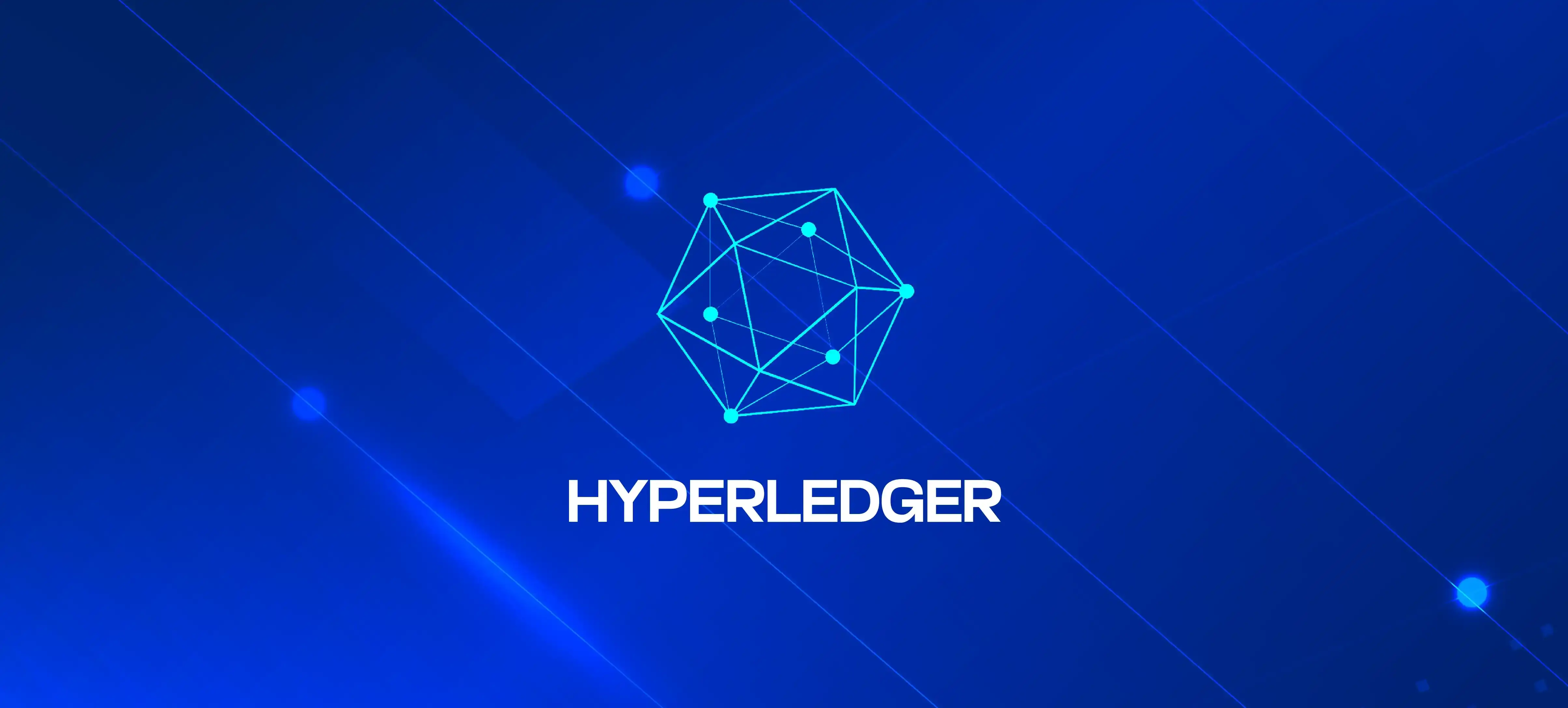
How Interoperability Empowers Blockchain Networks and Applications?
Table of Contents
Assume you want to transfer your crypto assets from one blockchain platform to some other blockchain platform, or a Defi application running on multiple blockchain networks intends to enable users to perform lending, borrowing, or yield farming across blockchain networks, or some government uses the blockchain services for different purposes like voting, public records or identity management. All these and many other use cases require a solution that helps perform the across-chain, network, or platform transactions smoothly. Blockchain interoperability networks refers to the ability of different blockchain platforms or networks to communicate, share data, and execute transactions seamlessly.
There are multiple factors to make us believe that interoperability is very, very important in blockchain networks.
- Data and Asset Exchange
- Scalability
- Specialized Functionality
- Reduced Dependence
Data and Asset exchange
Interoperability allows users to exchange their digital assets between different blockchain networks without the help of centralized exchange. Data oracles and cross-chain bridges in Decentralized exchanges (DEX) provide these blockchain interoperability solutions to safely, securely, and smoothly transfer assets between different blockchain networks.
Following is a graphical representation of the asset exchange procedure of Chain A & Chain B (Dummy Names)

The data and asset exchange procedure between multiple blockchain networks is either entirely successful or unsuccessful. There are no in-between stages. If the trade succeeds, both parties will have their exchanged assets; if it goes unsuccessful, they will have their tokens back in their wallets.
Scalability
To improve the overall performance of a network, to avoid congestion on a single network, or to process the transactions parallelly, there is a need to scale up the blockchain network to distribute the workload over multiple blockchain networks. This scalability feature can only be achieved by introducing blockchain interoperability protocols.
To understand how interoperability protocols help to scale up the blockchain-based solution, let’s take an example of a cross-chain Defi (Decentralized finance). Assume a Defi application is running on some famous blockchain network; let’s say it’s Ethereum. With the growing number of users, the number of transactions will also increase. More users mean more transactions, which means more gas fees and overall traffic on the mainnet. To overcome blockchain interoperability challenges, we can utilize it to scale up the network in the following way.
- Ethereum (in this case) will remain the primary layer and perform settlements for Defi Applications.
- We must use interoperability protocols like Polkadot or Cosmos to enable communication between blockchains.
- Side chains connected to Ethereum mainnet will be implemented on top of Ethereum.
- Users can transfer their assets from Ethereum to sidechain through relevant interoperability protocol.
- The interoperability protocol will ensure that the assets remain locked on the Ethereum network and that the assets used for different activities will be minted on side chains.
- Different Defi operations, such as lending and liquidity provision, will be performed on the side chain so the congestion will be minimized on the mainnet and the gas fee for the mainnet transactions.
- The final state of transactions done on layer 2 or side chains will be recorded to the Ethereum mainnet to ensure the security of transactional records and the final settlement of assets.
- Interoperability protocol also helps users to withdraw their assets from the layer 2 chain to the Ethereum mainnet.
Interoperability protocols blockchain help to scale up the network according to the growing number of users and operations and to minimize the transaction cost for routine Defi operations.
Specialized Functionality
Different blockchain networks have different strengths and weaknesses. User requirements are more towards the optimization of processes and maximum availability of features in Dapps. A Dapp will be considered more sophisticated if it can offer more features and flexibility toward adopting features of multiple blockchains. Assume a cross-chain decentralized identity management (DID) system. Users always have different credentials or identities depending on their uses and requirements. And they can use multiple blockchain networks to store their distinct identities. For example, the user can leverage some social-oriented blockchains to hold their social media profiles and other blockchains famous for professional networking and business community for their professional identity. A Dapp on cross-chain platforms can be integrated with the DID system to ensure the verified identity of users in a decentralized way. This seamless access and handling of the DID system, which runs cross-chain, gives users a better experience and increased interest. Interoperability offers a type of DID management system and many other use cases where multiple strengths of multiple blockchain networks can be used by a single Dapp seamlessly and smoothly. A probable flow of the process is shown in the diagram below.

Reduce Dependency
Reliance on a single blockchain network means a single point of failure, though a complete loss of a blockchain network seems implausible. To help you understand this benefit of interoperability, let’s assume a use case where a Dapp is working on a single blockchain network, and its native token is used solely on the same network. Its whole ecosystem is based upon this single blockchain network. Token trade and use are within the same network. There’s inevitable unrest within the community due to the performance of that particular network. So the team decides to migrate its whole ecosystem and native token to a different blockchain network, which has more trust and acceptability of the community and is more scalable and stable. This entire process of migration will be done through interoperability. And the probable flow of the procedure will be as given below.
1- The Assessment - Where to move?
The Dapp team needs to look for a suitable network that minimizes their current blockchain interoperability issues, and the community trusts it more. Moreover, it must support interoperability.
2- Two way Peg
Native tokens we want to migrate are locked, and an equal amount of tokens are minted on the target blockchain. This process is called a two-way peg.
3- Bridging
A two-way bridge is established through interoperability protocol, which helps to migrate assets from source to target blockchain.
4- Token migration
The migration window is announced in the community, and the community remains informed about the procedure and dates of migration. Users can send their assets to the bridge during the migration window, which locks them.
5- Token minting
As soon as the booking procedure is completed, an equal amount of tokens are minted on the target blockchain with the secured ownership of users.
6- DEX integration
The Dapp team needs to work with the DEX team to enable trading their assets on the new blockchain network.
7- Smart contract and UI updates
Smart contracts of Dapps are developed for the new blockchain and integrated with the user interface. So the users can perform all the functionalities on their favorite Dapp after migration.
Here we have gone through some details of interoperability. In this blog, we have focused on the need for interoperability and discussed some use cases to understand it fully. We will explore more details on interoperability in our next series of blogs. We will discuss different interoperability protocols, their technical information, and the approaches used for interoperability.
Table of Contents
Assume you want to transfer your crypto assets from one blockchain platform to some other blockchain platform, or a Defi application running on multiple blockchain networks intends to enable users to perform lending, borrowing, or yield farming across blockchain networks, or some government uses the blockchain services for different purposes like voting, public records or identity management. All these and many other use cases require a solution that helps perform the across-chain, network, or platform transactions smoothly. Blockchain interoperability networks refers to the ability of different blockchain platforms or networks to communicate, share data, and execute transactions seamlessly.
There are multiple factors to make us believe that interoperability is very, very important in blockchain networks.
- Data and Asset Exchange
- Scalability
- Specialized Functionality
- Reduced Dependence
Data and Asset exchange
Interoperability allows users to exchange their digital assets between different blockchain networks without the help of centralized exchange. Data oracles and cross-chain bridges in Decentralized exchanges (DEX) provide these blockchain interoperability solutions to safely, securely, and smoothly transfer assets between different blockchain networks.
Following is a graphical representation of the asset exchange procedure of Chain A & Chain B (Dummy Names)

The data and asset exchange procedure between multiple blockchain networks is either entirely successful or unsuccessful. There are no in-between stages. If the trade succeeds, both parties will have their exchanged assets; if it goes unsuccessful, they will have their tokens back in their wallets.
Scalability
To improve the overall performance of a network, to avoid congestion on a single network, or to process the transactions parallelly, there is a need to scale up the blockchain network to distribute the workload over multiple blockchain networks. This scalability feature can only be achieved by introducing blockchain interoperability protocols.
To understand how interoperability protocols help to scale up the blockchain-based solution, let’s take an example of a cross-chain Defi (Decentralized finance). Assume a Defi application is running on some famous blockchain network; let’s say it’s Ethereum. With the growing number of users, the number of transactions will also increase. More users mean more transactions, which means more gas fees and overall traffic on the mainnet. To overcome blockchain interoperability challenges, we can utilize it to scale up the network in the following way.
- Ethereum (in this case) will remain the primary layer and perform settlements for Defi Applications.
- We must use interoperability protocols like Polkadot or Cosmos to enable communication between blockchains.
- Side chains connected to Ethereum mainnet will be implemented on top of Ethereum.
- Users can transfer their assets from Ethereum to sidechain through relevant interoperability protocol.
- The interoperability protocol will ensure that the assets remain locked on the Ethereum network and that the assets used for different activities will be minted on side chains.
- Different Defi operations, such as lending and liquidity provision, will be performed on the side chain so the congestion will be minimized on the mainnet and the gas fee for the mainnet transactions.
- The final state of transactions done on layer 2 or side chains will be recorded to the Ethereum mainnet to ensure the security of transactional records and the final settlement of assets.
- Interoperability protocol also helps users to withdraw their assets from the layer 2 chain to the Ethereum mainnet.
Interoperability protocols blockchain help to scale up the network according to the growing number of users and operations and to minimize the transaction cost for routine Defi operations.
Specialized Functionality
Different blockchain networks have different strengths and weaknesses. User requirements are more towards the optimization of processes and maximum availability of features in Dapps. A Dapp will be considered more sophisticated if it can offer more features and flexibility toward adopting features of multiple blockchains. Assume a cross-chain decentralized identity management (DID) system. Users always have different credentials or identities depending on their uses and requirements. And they can use multiple blockchain networks to store their distinct identities. For example, the user can leverage some social-oriented blockchains to hold their social media profiles and other blockchains famous for professional networking and business community for their professional identity. A Dapp on cross-chain platforms can be integrated with the DID system to ensure the verified identity of users in a decentralized way. This seamless access and handling of the DID system, which runs cross-chain, gives users a better experience and increased interest. Interoperability offers a type of DID management system and many other use cases where multiple strengths of multiple blockchain networks can be used by a single Dapp seamlessly and smoothly. A probable flow of the process is shown in the diagram below.

Reduce Dependency
Reliance on a single blockchain network means a single point of failure, though a complete loss of a blockchain network seems implausible. To help you understand this benefit of interoperability, let’s assume a use case where a Dapp is working on a single blockchain network, and its native token is used solely on the same network. Its whole ecosystem is based upon this single blockchain network. Token trade and use are within the same network. There’s inevitable unrest within the community due to the performance of that particular network. So the team decides to migrate its whole ecosystem and native token to a different blockchain network, which has more trust and acceptability of the community and is more scalable and stable. This entire process of migration will be done through interoperability. And the probable flow of the procedure will be as given below.
1- The Assessment - Where to move?
The Dapp team needs to look for a suitable network that minimizes their current blockchain interoperability issues, and the community trusts it more. Moreover, it must support interoperability.
2- Two way Peg
Native tokens we want to migrate are locked, and an equal amount of tokens are minted on the target blockchain. This process is called a two-way peg.
3- Bridging
A two-way bridge is established through interoperability protocol, which helps to migrate assets from source to target blockchain.
4- Token migration
The migration window is announced in the community, and the community remains informed about the procedure and dates of migration. Users can send their assets to the bridge during the migration window, which locks them.
5- Token minting
As soon as the booking procedure is completed, an equal amount of tokens are minted on the target blockchain with the secured ownership of users.
6- DEX integration
The Dapp team needs to work with the DEX team to enable trading their assets on the new blockchain network.
7- Smart contract and UI updates
Smart contracts of Dapps are developed for the new blockchain and integrated with the user interface. So the users can perform all the functionalities on their favorite Dapp after migration.
Here we have gone through some details of interoperability. In this blog, we have focused on the need for interoperability and discussed some use cases to understand it fully. We will explore more details on interoperability in our next series of blogs. We will discuss different interoperability protocols, their technical information, and the approaches used for interoperability.
FAQS
Blockchain interoperability smooths asset transfers, expands use cases, and encourages collaboration between blockchains. This boosts scalability, innovation, and decentralized finance, all while sidestepping vendor lock-in and upholding compliance.
Blockchain Interoperability Revolut refers to the opportunities to win or earn crypto currencies through staking. For example, on a given blockchain, every asset that is earned and every transaction that is made are recorded.
Polkadot and Cosmos blockchains are best known to have interoperability protocols. They possess a heterogeneous multichain translation and specialized side chains to communicate with open blockchains. On the other hand, you can also create blockchains using Cosmos with or without permission.
Any two blockchain using the same consensus mechanism can be interoperable. Nonetheless, when two different platforms use a similar consensus mechanism, it becomes complex to synchronize data on both platforms.
Blockchain interoperability means different blockchains working together. It makes moving assets easier, improves security by not relying on one chain, and lets people pick based on privacy. It also supports new applications and global collaboration, making the whole system fairer and more flexible.





